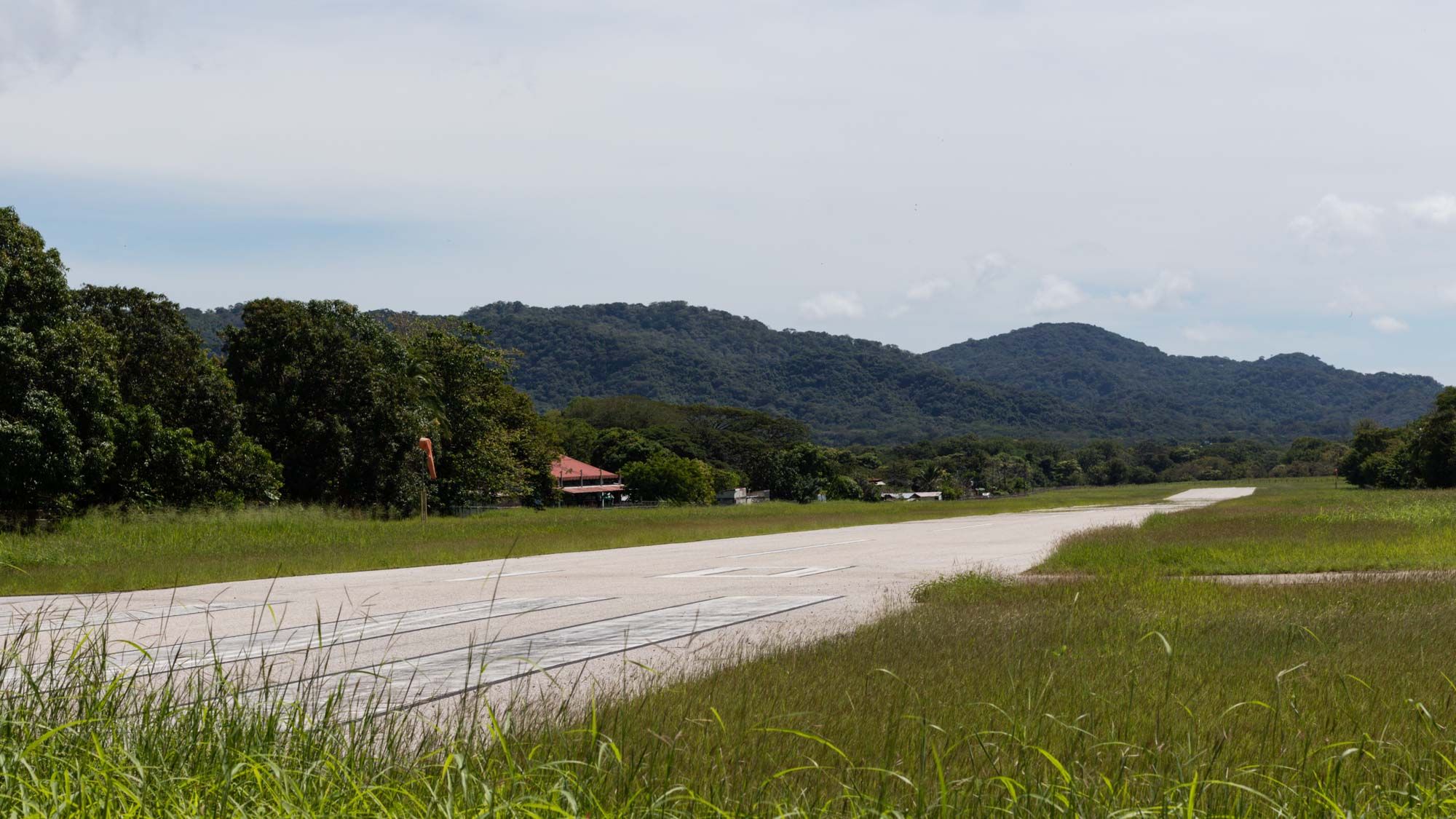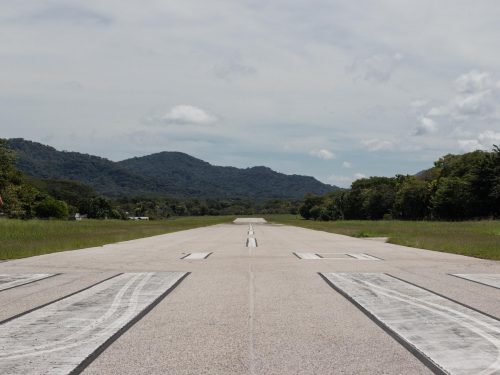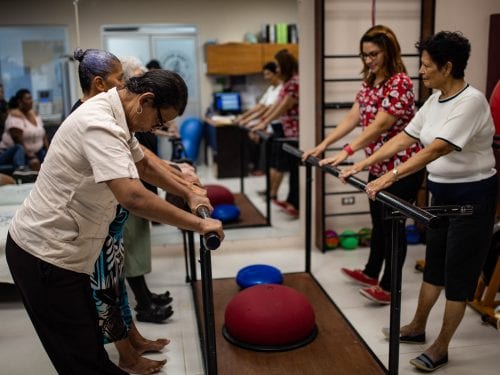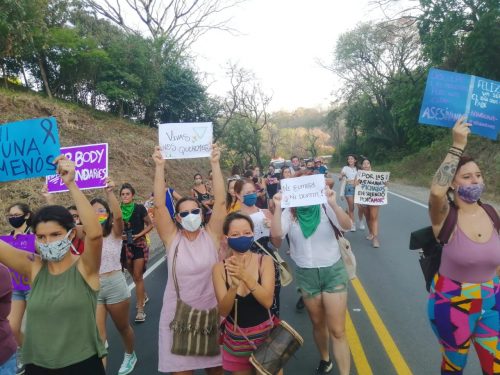
Lack of lighting at the Nicoya aerodrome makes it difficult for emergency night transfers of patients who require care in hospitals in the Greater Metropolitan Area (GMA).
On some occasions, transfers have depended on vehicle headlights illuminating the landing strip, according to doctor and municipal council member Martín Reyes.
I’ve seen how taxi drivers and firefighters come together to light the runway and permit aircraft to land,” Reyes commented.
The aerodrome has a runway that is almost one kilometer (0.6 miles) long, owned by the General Administration of Civil Aviation and located next to the Nicoya Public Force police station.
The need for lights at the aerodrome isn’t new. In 2011, Public Force patrol units illuminated the runway to transport a three-year-old boy to the Hospital de Niños (Children’s Hospital).
No Lights Short Term
Installing lighting for the aerodrome would cost Civil Aviation about ¢1 billion (about $1.9 million USD), according to estimates by the director of Civil Aviation, Fernando Naranjo.
“These lights are not manufactured in the country and are quite expensive. They are lights that have special characteristics so that they don’t get damaged if an aircraft passes over them,” he commented.
In November of 2022, the Nicoya Municipal Council approved a motion to ask Aviation to assess the possibility of installing a lighting system on the runway.
Aviation’s response proposes an agreement between the institution, the Municipality of Nicoya and the Costa Rican Social Security Fund (CCSS) to pay for lighting.
“If the project only depends on us, it will take more time. I see the project as viable, but perhaps in the next five-year period,” Naranjo calculated.
Urgent Transfers
Data from La Anexión Hospital shows that between 2018 and April of 2023, 96 patients were transferred from the aerodrome to hospitals in San José. According to the hospital’s director, Anner Angulo, all the trips occurred during the day.
However, in 2022, the General Administration of Civil Aviation registered 14 nighttime departures from the Nicoya aerodrome to the Tobías Bolaños Palma airport. The majority had to do with moving patients to hospitals in the capital, according to Civil Aviation.
The difference between the hospital’s data and Aviation’s is due to the fact that it’s common for night transfers to be requested by private medical services, explained the director of operations of Assisted Air and Ground Support (Spanish acronym: SAAT), Ricardo Hernández, one of the companies that provides air ambulance service.
The director of Civil Aviation admitted that the number of night trips and the proximity of the airfield to the hospital in Nicoya make lighting the runway urgent.
From that [health] perspective, the Nicoya aerodrome has a limitation because it isn’t designed for that [patient transfers],” he said.
Transfers by Land Take Five Times Longer
Premature births, heart attacks, severe head trauma and children intubated with asthma attacks are some common emergencies that require transfers to the GMA, explained the hospital director.
According to him, a patient takes approximately 40 minutes to reach the capital’s hospitals by air. But when the aerodrome’s conditions don’t allow the trip, and if there’s no room at the Enrique Baltodano Briceño Hospital in Liberia, they must transfer the patient by land to San José and the trip can take between three and four hours.
“A child born prematurely can be transferred by air quickly to the GMA, where there is more resolution capacity for these cases. Sometimes we have to wait until dawn or transfer that neonate in critical condition by land,” said doctor and council member Martín Reyes.







Comments